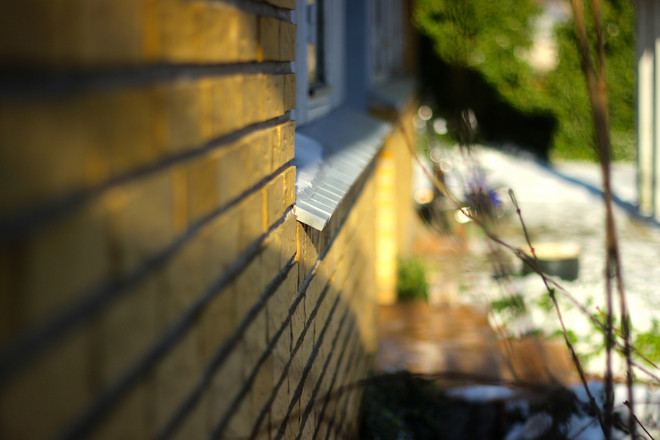
The Tectonics of Reuse – Learning sustainable insulation methods from the vernacular architecture
PhD. Project by Henriette Ejstrup Andersen, Cand. Arch. Phd fellow.

This study is a phenomenological approach into a positivistic governed field. It investigates how energy optimizing interventions in existing single-family housing can be informed by the tectonics of insulation practice in the vernacular architecture with a focus on recyclability. It takes point of departure in a floated study of the Danish vernacular architecture and a theoretical discussion on how a tectonic investigation and understanding of existing buildings can provide a new perspective on conventional insulation practice (and legislation) in existing buildings.
Material and energy overuse of the 19th and 20th centuries has created a need for an energy sufficient and sustainable building culture. This has put existing buildings under pressure from both users and regulations. Unfortunately common interventions such as energy renovations often strip the building of its original materials and/or constructions. The result is wasteful procedures and loss of distinctive architecture and historical information. Due to the accessible components and certification systems for energy renovations, which mostly are developed in the perspective of new buildings, the intervention in the existing building often neglects its qualities, embedded energy and latent knowledge.
If we look to the field of building conservation when restoring a listed building, its specific historic architecture, materials and tectonics are always the foundation of the intervention. In other words the building defines how an energy optimization can be executed and not the accessible components. As an example, the listed building Bremerstente on Funen, Denmark, was restored and energy optimized by the Danish Cultural Agency in 2005-2009. Today the building is label energy class B without compromising its distinct architecture or its historical materials and tectonics. As another example Realdanias MiniCO2 houses in Nyborg had positive results with historic materials and construction methods. Thus build without many modern building techniques and materials such as vapour barriers and mineral wool insulation. This indicates that the historical techniques and materials have a tacit knowledge.












